SPECIAL
Discover OSAKA
“Along the Osaka Metro Lines”
Series:《The Chuo Line West》

2025.04.11
Here’s the issue two of the series that introduces the characteristics and charms of Osaka Metro’s nine lines as well as the interesting neighborhoods around them☆
The Chuo Line (literally meaning “center line”), which intersects with all other Osaka Metro lines, takes its name from Chuo-odori, Osaka’s main east-west thoroughfare that it runs underneath. The line’s green color represents the greenery of Osaka Castle Park.
In this issue, we will explore the western section of the Chuo Line, from Hommachi Station to Yumeshima Station.
Views from Subway Windows
The top feature of the western Chuo Line is no doubt the scenic views from the train window; the line runs on an elevated track between Awaza Station and Osakako Station—a rare sight for Osaka Metro. This section was elevated to reduce the potential risks of tsunamis and flooding, as the Chuo Line runs through the flat Bay Area. As the train approaches Osaka Bay, after passing under the Hanshin Expressway, the sea comes into view, revealing a scenic view of a port town.
Who’d have thought you could enjoy the view of the sea from a subway?!
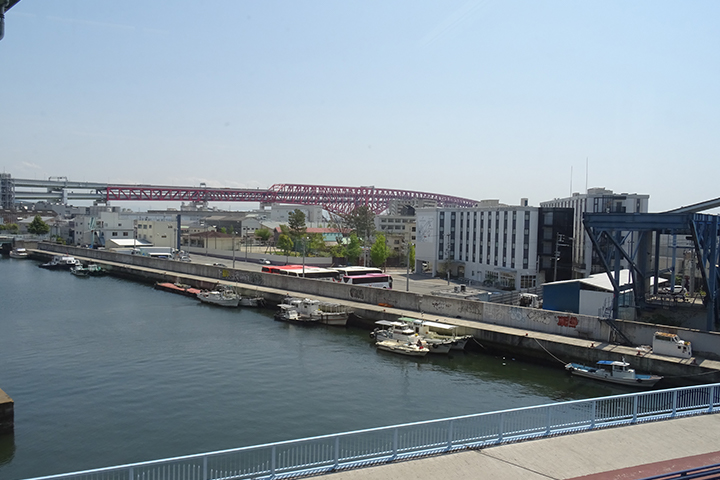
Semba: A Textile Town
Let’s start at Hommachi Station, a busy hub where heavy foot traffic is constant due to its connections with the Midosuji and Yotsubashi Lines. Transferring here may require a bit more walking than typically expected, but don’t worry—all you need to do is follow the signages posted throughout the station that will guide you to the right platform. Interestingly, Hommachi Station has a second name—Semba-nishi (Semba West)—as indicated in the station signage. For those of you wondering, Sakaisuji-Hommachi is Semba-higashi (Semba East.)
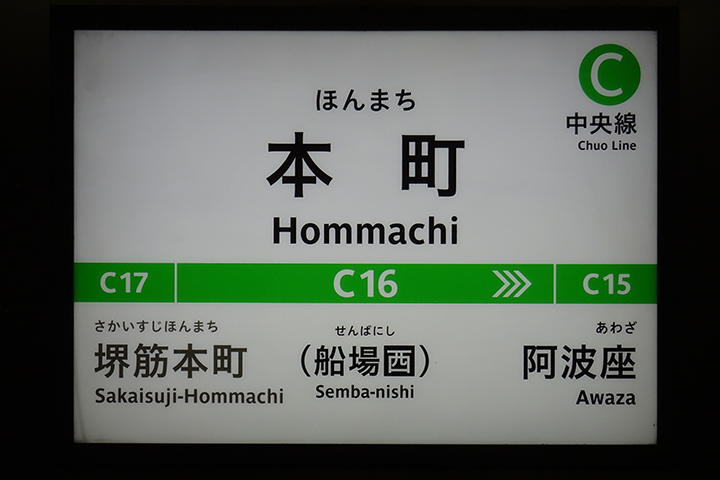
There once was a pier in Semba (literally meaning “ship place”), the area where the station is located. Since the era of Toyotomi Hideyoshi, who built Osaka Castle in the late 16th century, the Semba area developed as a castle town and became the center of Osaka’s economy. After World War II, textile wholesalers began to move in and Semba is now known as a “textile town.” Above Hommachi station is the Semba Center Building. Although the exterior of the building blends in with the elevated expressway above and doesn’t stand out, it is home to a massive wholesale district. Joined by some retail shops and restaurants in recent years, people enjoy shopping here for goods offered at wholesale pricing.
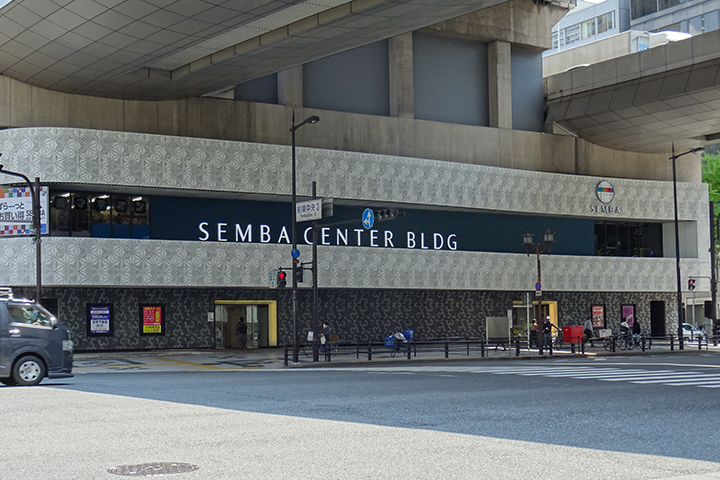
Awaza Station is one stop over to the west of Hommachi Station. While Hommachi is a business area filled with people in suits, the atmosphere is drastically different in this residential area just one stop away. The spacious Utsubo Park and the recent construction of residential high-rises one after another have made this neighborhood increasingly attractive to families. “Awaza Junction,” a popular spot for a night view, is located nearby.


Thriving Osakan Life
Continuing westward, the next stop is Kujo Station. In contrast to the modern feel of the area surrounding Awaza Station, Kujo is an older neighborhood with a quaint old-world shotengai shopping street. Lined with about 150 shops, both new and old, Kirara Kujo Shotengai Shopping Street remains an integral part of daily life for local residents.
With Kyocera Dome Osaka, home of the Orix Buffaloes, nearby, visitors can enjoy opportunities to mingle with pro baseball players and take advantage of game-day special promotions. Kujo also offers convenient access to Kobe and Nara, as Osaka Metro connects with Hanshin Railway’s Hanshin Namba Line here.
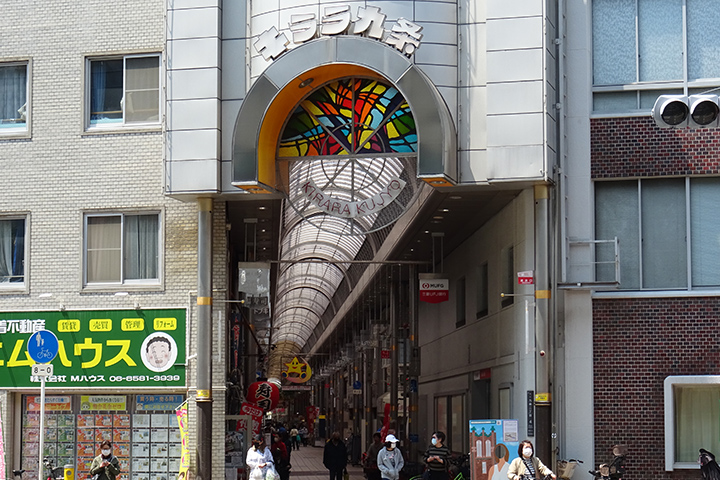
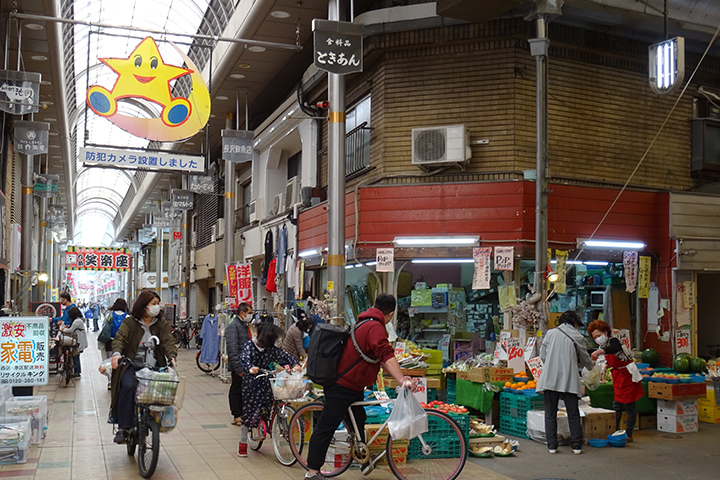
We’re getting closer to the sea. After Kujo Station comes Bentencho Station, the gateway to the Osaka Chikko harbor area. With a connection to the JR Loop Line, Bentencho offers easy access to Umeda, making it a popular transit hub. The area is built up with residential high-rises, hotels, and even hot springs.
Explore the Wonders of 16th Century Japan At a Hot Spring in Osaka’s Bentencho Part I
/article_tour/200117-bentencho-solaniwa/
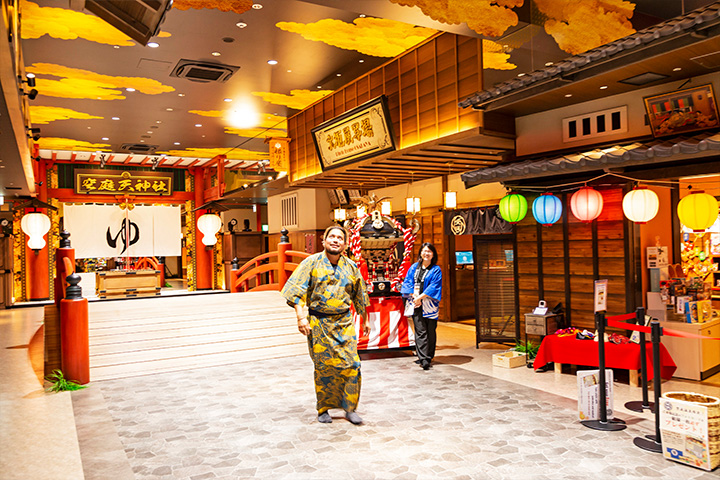
One stop over, in front of Asashiobashi Station located in a residential area, is Yahataya Park, comprised of multiple sports facilities including Asue Arena Osaka. It has been a host to international events such as International Women’s Wheelchair Basketball Friendship Games OSAKA CUP. During winter, its pool turns into an ice-skating rink, and ice-skating lessons are offered. Maybe it’ll be home to future figure skaters someday?!
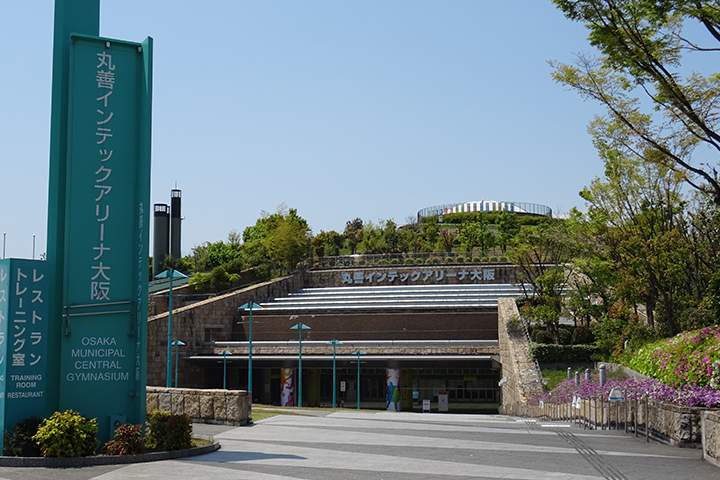
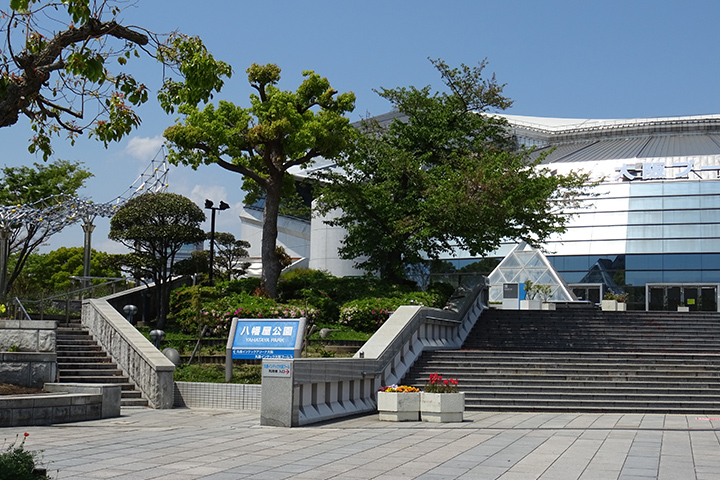
Great Instagram Spots
We’ve now arrived at Osakako Station, famous for the nearby Kaiyukan Aquarium. The station is named after Osakako (Osaka Port,) the first port to open in Osaka. In addition to Kaiyukan Aquarium and the Tempozan Ferris Wheel, the Red Brick Warehouse and the Osaka Culturarium at Tempozan—all popular Instagram spots—are located here. Another notable feature near the station is Japan’s second lowest mountain, located in Tempozan Park, standing at just 4.5 meters!

The station is designed around a “sea” theme, with the signage depicting sea creatures like whale sharks and penguins alongside the station name.

In 2024, an observation deck overlooking the sea was built at the western end of the platform♪
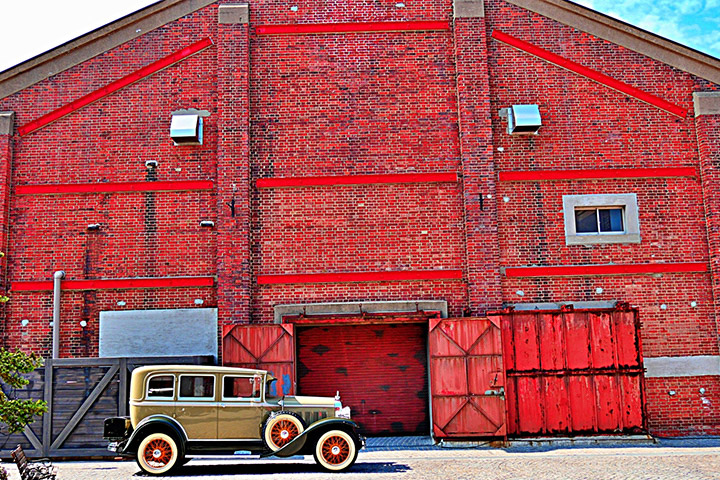
Travel Back in Time at GLION MUSEUM in Osaka Bay Area
/article_tour/20191011-glion-museum/

The Must-See Kaiyukan Aquarium, and then some!
Using Osaka Kaiyu Ticket for an Exquisite Sightseeing in Osaka☆↓
/article_tour/190815-kaiyu-ticket-2/#c11_osakako01
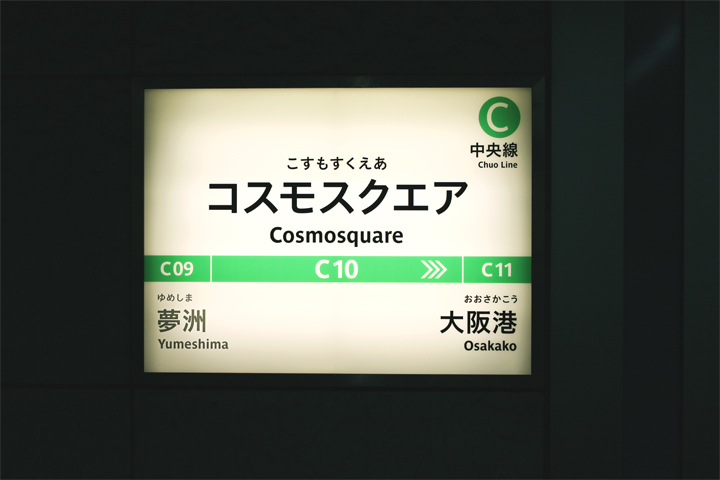
Cosmosquare was selected as one of the 100 best stations of Kinki region. The station name, written entirely in katakana, is unique and has a futuristic feel. The station provides access to the Osaka Metro New Tram, which runs along Osaka Bay, as well as the Osaka Port International Ferry Terminal.
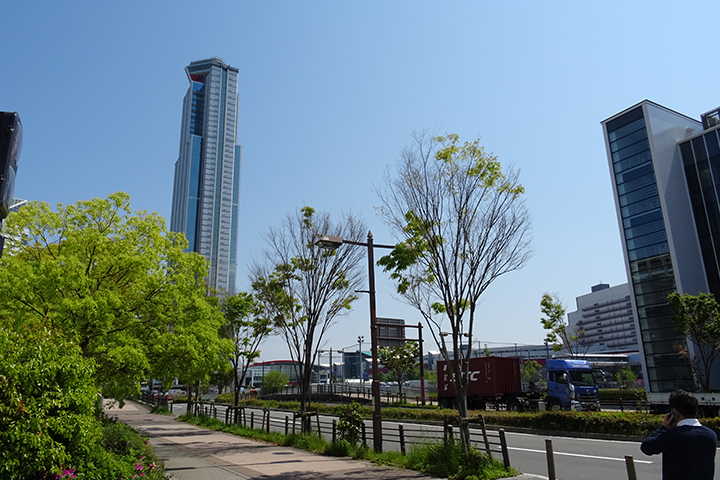

Finally, the Chuo Line terminates at Yumeshima, Osaka Metro’s newest station. Opened in January 2025, it is the closest station to Expo 2025 Osaka, Kansai which begins on April 13, 2025.

The new station features all-gender restrooms, giant digital signage, touch payment-enabled ticket gates, and a spacious design that incorporates elements of Japanese culture. The facilities have been thoughtfully designed to ensure a pleasant experience for Expo visitors.

That’s it for the western section of the Chuo Line, a subway with a view that showcases Osaka’s history, local shitamachi life, and the neo-futuristic, spacious design of Yumeshima Station 👍
Be on the lookout for Part II where I’ll talk about the eastern part of the Chuo Line.
https://metronine.osaka/article_tour/article-osakafinder-chuoline-east/
Recommended Plans

“Along the Osaka Metro Lines” Series:
The Midosuji Line (South)
Following the last article about the northern part of the Midosuji Line (Namba …
2025.08.29

Where to Stay in Osaka: Umeda, Namba, Shinsekai Area Guide
Are you contemplating a trip to Osaka? Or maybe Osaka is already on your list of places to visit. …
2025.05.02
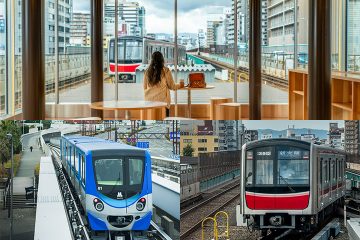
#TravelThruPhotos
Best Photography Spots on Osaka Metro: Trains
The colorful train cars of Osaka Metro attract railway enthusiasts and others to take …
2023.08.25






